

Xiaomi still has the worst/unreliable smartphones in the market
source link: https://www.gizchina.com/2023/03/29/xiaomi-worst-unreliable-xiaomi-smartphones-market/
Go to the source link to view the article. You can view the picture content, updated content and better typesetting reading experience. If the link is broken, please click the button below to view the snapshot at that time.

Xiaomi still has the worst/unreliable smartphones in the market
Xiaomi is quite a phenomenon in the smartphone world. The company made its name thanks to compelling smartphones with an appealing price. The Redmi Note and Mi series bring some of the most successful Xiaomi smartphones to date, and since 2018, the company has also been stealing the spotlight with its POCO sub-brand. Although premium Xiaomi smartphones are often stealing the headlines, we have to say that most of the company’s success comes from the mid-range and cost-effective flagship segment. The company launched a myriad of successful smartphones in the past few years, that conquered a legion of fans, however, the company had some problematic or… unreliable devices throughout its story.
So far, one of the issues that have plagued mid-range Xiaomi smartphones over the years has to do with the quality of the IPS panels. Some Xiaomi users certainly know the “tianma” provider. It has been a supplier of IPS LCD panels for Xiaomi that are known for their screen retention issue. There are also other issues that made some Xiaomi smartphones unreliable. Through this article, we’ll list some of the most problematic and unreliable Xiaomi smartphones.
Unreliable Xiaomi smartphones
Most of the unreliable Xiaomi smartphones released in the past few years have some characteristics in common, among them, we can list things such as:
- Being released too early and without the necessary tests
- The phone didn’t go through reliable tests
- Something went wrong during the shipping steps
- Unreliable tests left some small issues getting the green light
Unfortunately, some Xiaomi smartphones were considered “successful” despite the issues that are well known by users. These users had to deal with certain issues due to the fact that some of them were associated with the hardware. The “tianma” screen problem, for example, was impossible to fix the screen retention issue. As a workaround, users don’t keep their brightness high. When the issue is software related, the situation is less problematic, as Xiaomi can simply roll out a software patch to fix them. However, this isn’t the case with problematic devices.
Devices with IPS “Tianma” screen
We don’t hear the “Tianma” name often in Xiaomi news, but this name is certainly known by Redmi smartphone owners. Nowadays, there are fewer Xiaomi and Redmi devices with this screen, but it has affected a massive amount of Redmi smartphones in the past, especially those on the Redmi Note series. If you have a Tianma screen, then we can say that your device is 90% susceptible to screen retention or “ghost screen” issues. It resembles AMOLED’s burn-in screen issue, it’s an annoying issue. Just imagine having the battery, and Wi-Fi icon showing everywhere, even when your device is on full-screen and you’re watching a movie, for example. There are some ways to bypass this issue such as reducing your screen brightness and calibrating the colors. Unfortunately, the best ways are only available if you flash a custom ROM onto your device.
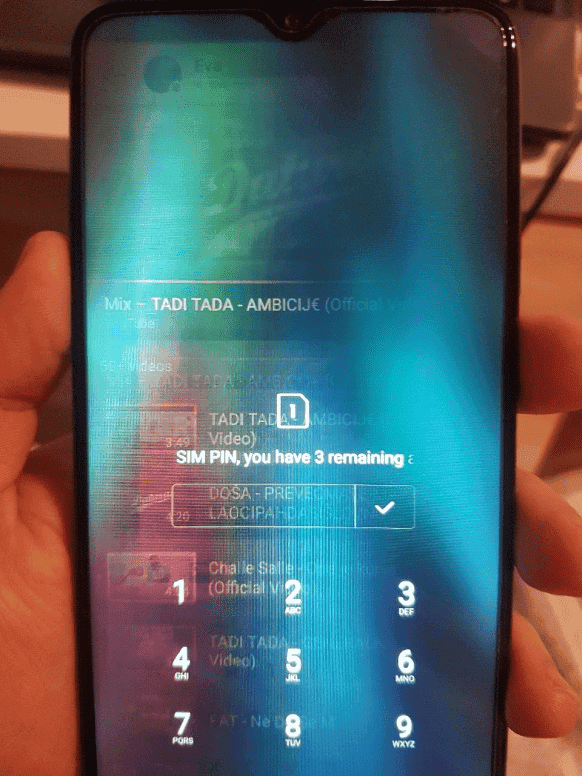
Xiaomi didn’t fix the ghost screen issue, it can’t, after all, it’s hardware related. Unfortunately, the company keeps using Tianma panels on low-end devices, but the situation has improved on higher devices such as those on the Redmi Note series. We can thank the “High-Refresh Rate” and “AMOLED” trend that forced Xiaomi to leave Tianma on some devices. Devices affected by the “screen retention” issue include:
- Redmi Note 8
- Redmi Note 7
- Redmi Note 5
- Mi A2(6X)
- The newer Xiaomi/Redmi (or POCO) models have an IPS screen.
Back in the days of these devices, Xiaomi has been using the worst Tianma screens possible. That’s our conclusion due to their high chance of suffering from the ghost screen issue. As we’ve said before, there are fewer Tianma screens nowadays, as the company has been changing to AMOLED panels.
Unfortunately, the AMOLED screens aren’t always the best available. To cut costs, Xiaomi tends to use panels that can suffer from burn-in or green tint issues.
The unreliable fingerprint sensors
Another chronic issue that affects some Xiaomi / Redmi smartphones has to do with the fingerprint scanner. Apparently, some devices have an issue with the flex cable. It causes your fingerprint sensor to not work. The phones suffering from this issue include:
- Redmi Note 9T
- Redmi Note 9 Pro
- Redmi Note 9S
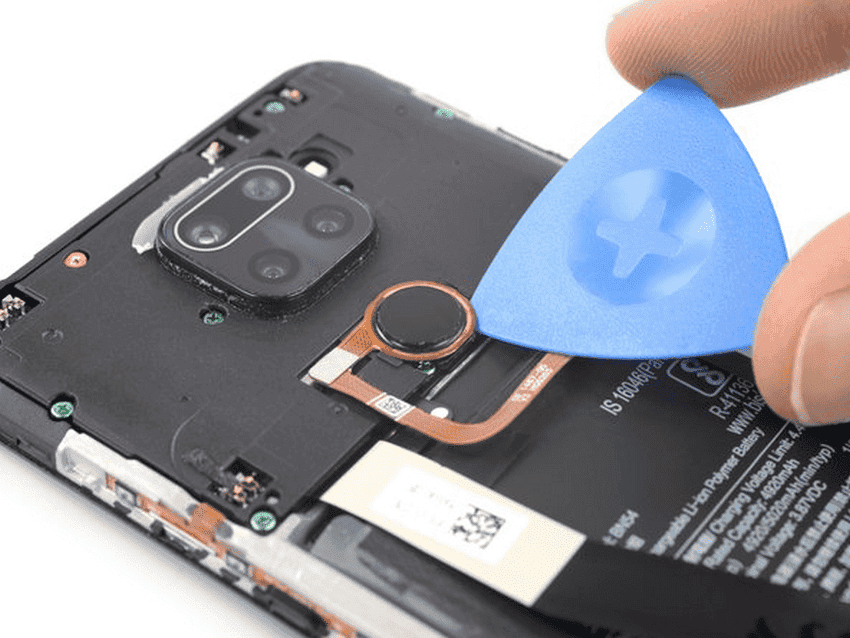
These devices suffered from this particular issue, and Xiaomi had to change and fix the design of the Redmi Note 10 series. Not testing the fingerprint sensors properly probably was the reason that made these devices launch with this faulty hardware. Most of the users had to get new fingerprint flex cables from stores to fix the issue. Thankfully, the technology is not so advanced and device-locked.
Xiaomi Mi 8 and dreadful WiFi issue
The Xiaomi Mi 8 is one of the rare cases on this list. After all, it’s a flagship device. Xiaomi left one dreadful issue launch with an expensive Snapdragon 845-powered smartphone. The Mi 8 was known for its iPhone X-esque design, and the Face ID feature. It launched with a big issue with the Wi-Fi chip. Several users have reported this issue, and it was never fixed.
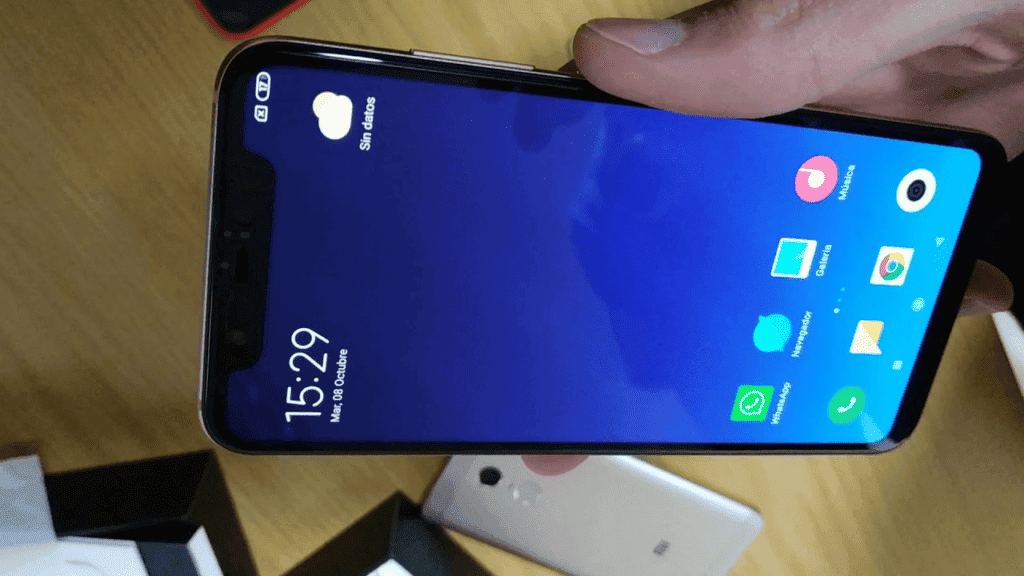
This made several Mi fans skip this device and not buy it. It was one of the company’s worst flagships due to this dreadful issue. It was not a cheap device, and having faulty hardware on a premium smartphone can be a real problem.
POCO M3 and the sudden death problem
The POCO M3 was launched as a mid-range smartphone at the end of 2020. The device, unfortunately, also is among the unreliable Xiaomi smartphones. According to some reports, some units were dead shortly after closing the device. The sudden death problem was a disaster back in the POCO M3 leaving many users disappointed with the brand. After this failure, POCO started to conduct better tests on the POCO smartphones, as to not repeat this mistake again.
Mi 9T/Pro and Redmi K20/K20 Pro Motorized pop-up camera
2019 was the year of pop-up cameras and full-screen devices. However, this trend of pop-up cameras didn’t last much longer. Most companies have left this behind in favor of the punch-hole design. It was a curious decision, right? After all, a pop-up camera can leave the display free of interruptions, right? Well, there is a good reason that made most brands abandon this design – the unreliability of motorized cameras. Since it’s a motorized – mechanical thing, it will eventually die, and Xiaomi was not an exception.
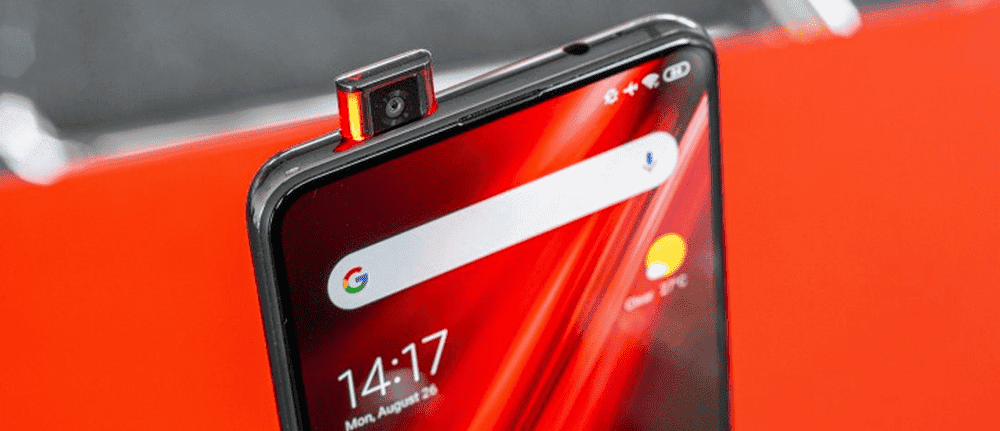
The Xiaomi Mi 9T and Pro, based on Redmi K20, and K20 Pro were two amazing smartphones with a full-screen design. However, the pop-up camera mechanism gave headaches to several users. Apparently, the mechanism could get stuck inside of the phone’s case. There was a way to fix it, but it required the user to open the phone’s case and clean off the dust preventing the camera from opening. Of course, this was a problematic and required some knowledge from users. After this device, Xiaomi brought the Redmi K30 Pro with a pop-up camera design, but it was the last device to adopt this kind of design. You can wonder why.
Xiaomi Mi 9 and the broken PMIC
As you can see, the list of unreliable Xiaomi smartphones does not only bring mid-range phones. There were several Mi smartphones with problematic hardware. Besides the Mi 8, the Mi 9 also had faulty hardware. The costlier flagship also suffered from a couple of issues. According to some users, the device had a big probability of getting a broken PMIC. The broken PMIC could cause several issues to one user, and that certainly brings a big headache given the phone’s high cost.
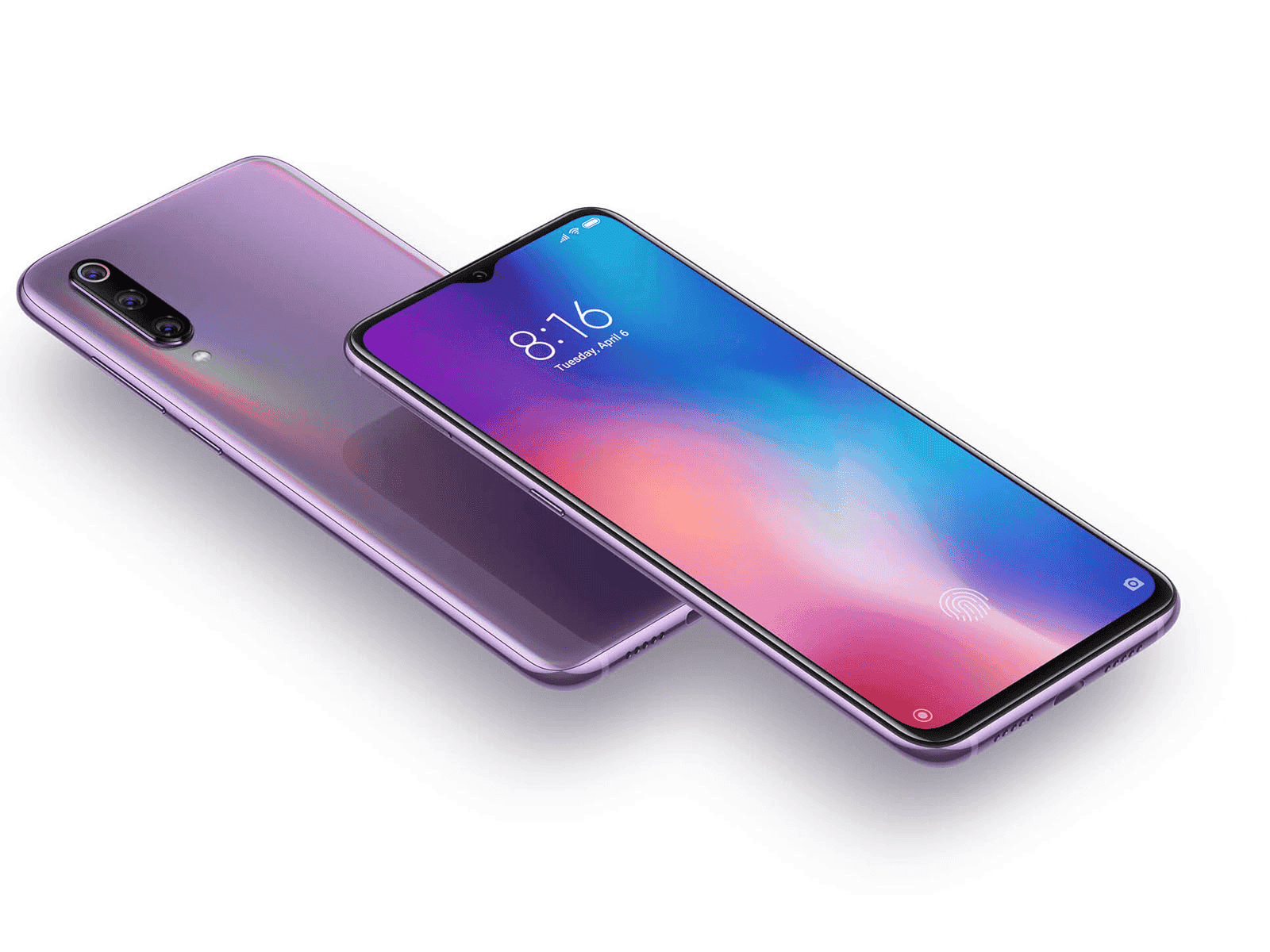
Most of the Mi 9 users report issues after using the camera for more than 10 minutes. Apparently, the phone starts to heat up and drain a lot of battery all of sudden. Furthermore, users can’t have video chats on their devices due to this issue. The Mi 9 certainly is a hardware failure that Xiaomi tries to forget. Interestingly, after the Mi 8 and Mi 9, it seems that Xiaomi has improved the testing of its flagships.
Conclusion – Xiaomi smartphones are still successful
Despite the above unreliable Xiaomi smartphones, the company kept conquering users across the world. Apparently, Xiaomi devices bring more advantages than disadvantages. Therefore, users keep buying their mid-range and premium smartphones. We have to say, that the company has greatly improved the quality of its devices in the past years. So, we have not been hearing many problems with recent devices. Or at least, they aren’t disastrous as they have been in the past.
Hopefully, the above mistakes will be always remembered by the company.
Recommend
About Joyk
Aggregate valuable and interesting links.
Joyk means Joy of geeK
